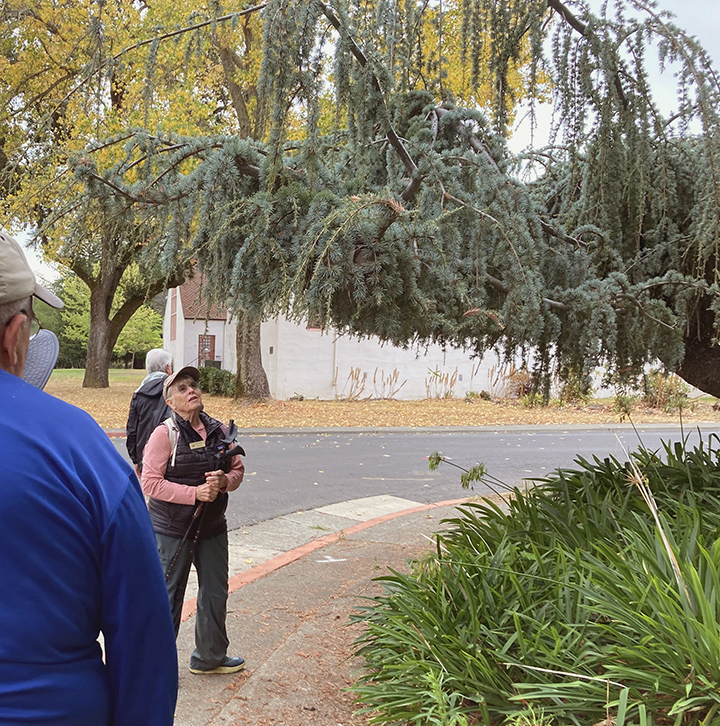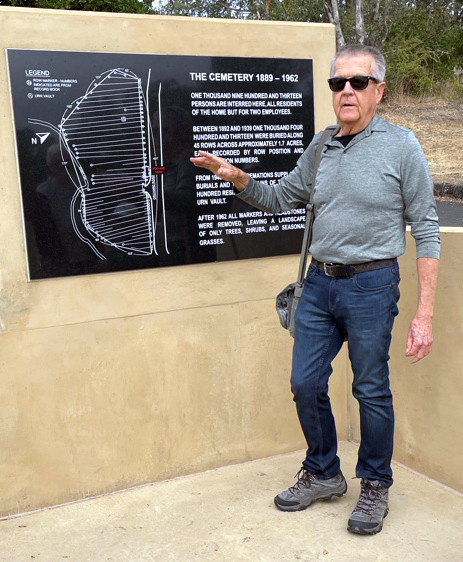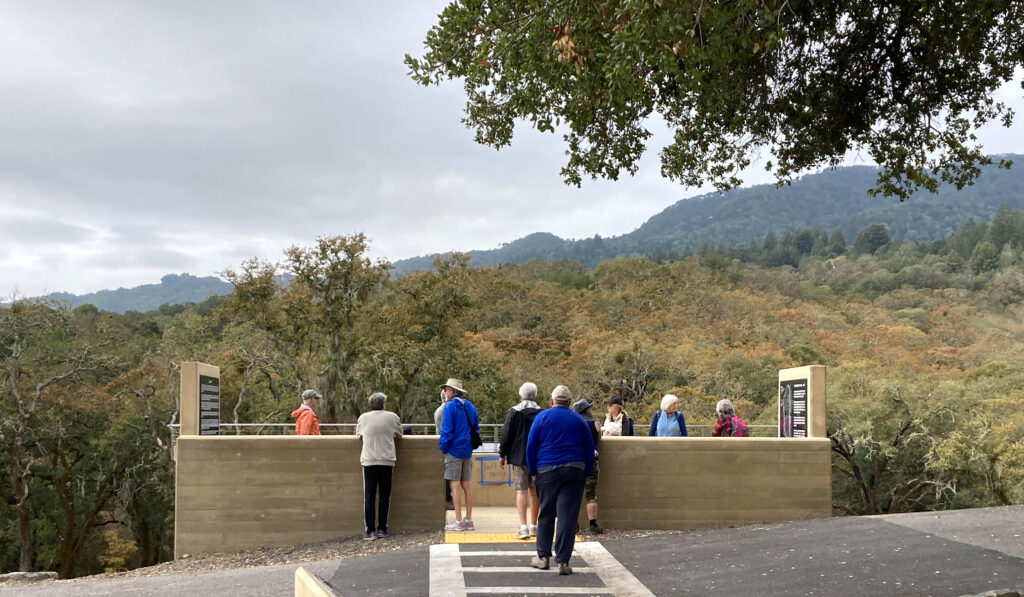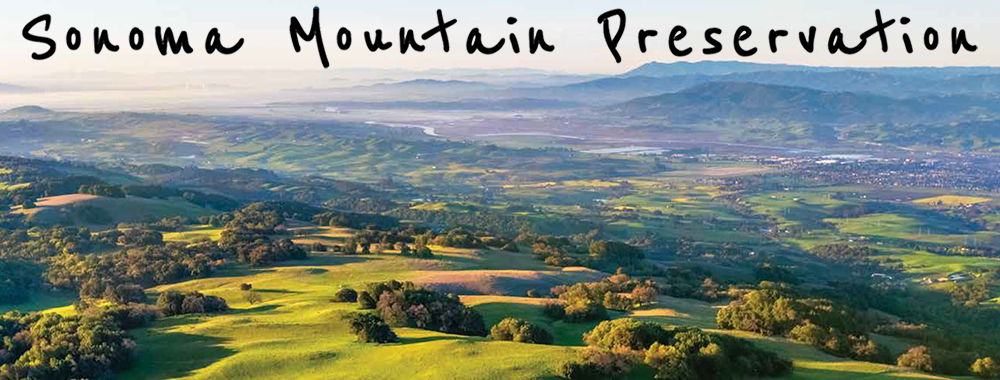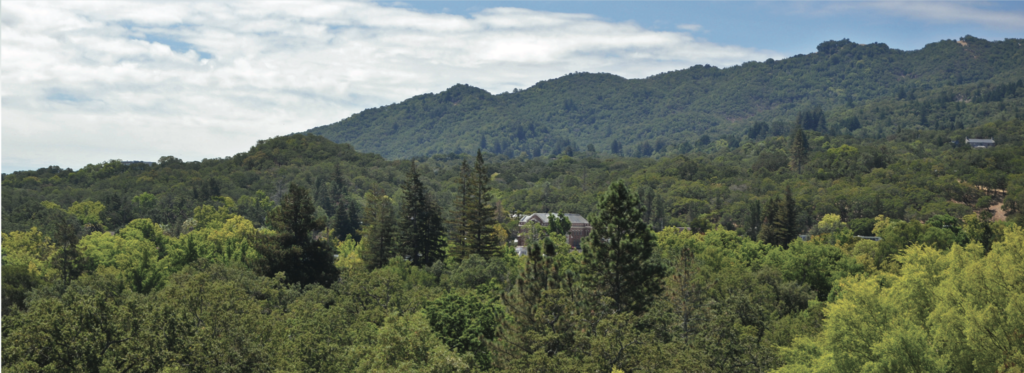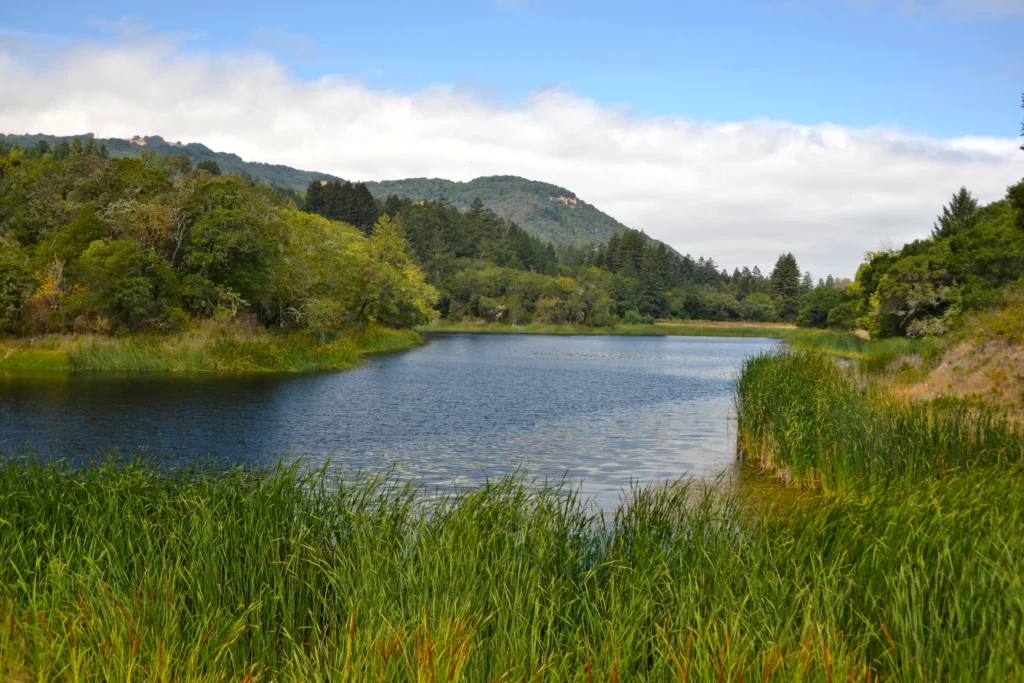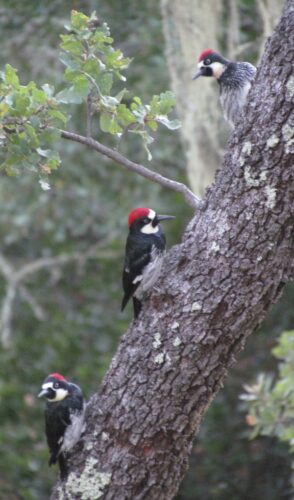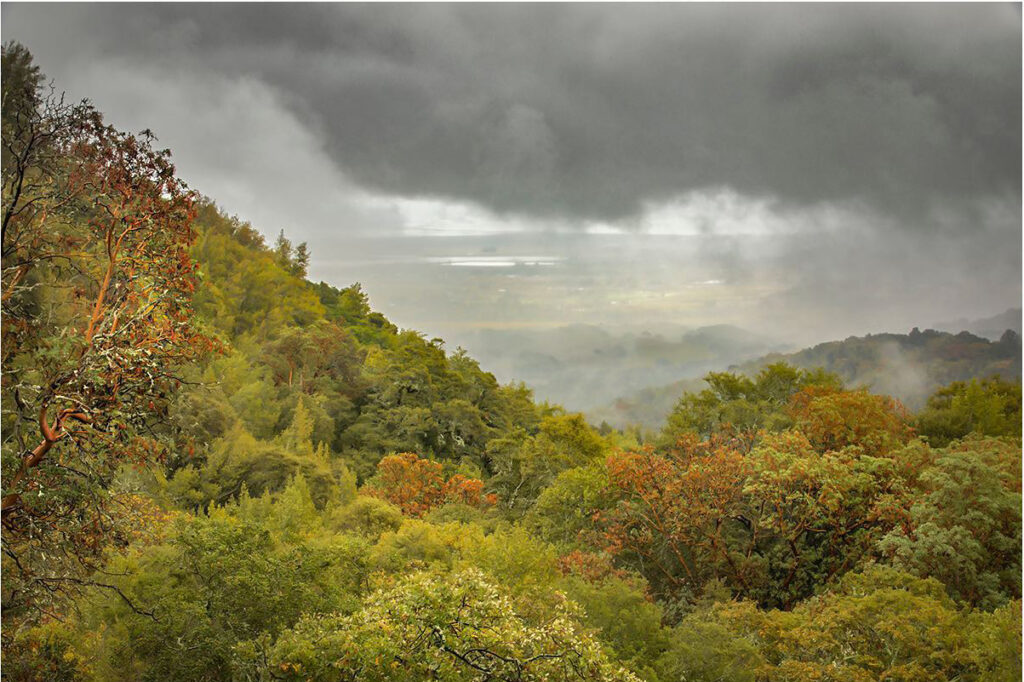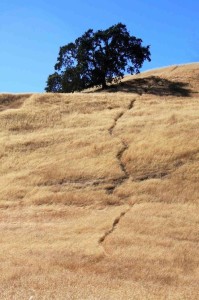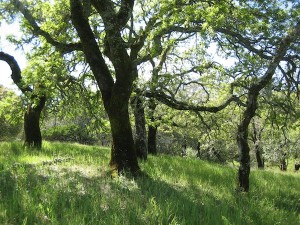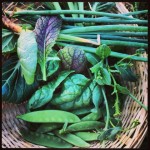Developer chosen for SDC campus
By Melissa Dowling and Tracy Salcedo
Originally published in the April 15th edition of Kenwood Press
California’s Department of General Services (DGS) has selected Rogal & Partners and The Grupe Company as buyers for the 180-acre developed campus of the former Sonoma Developmental Center (SDC)
The April 3 announcement comes three months after the Sonoma County Board of Supervisors approved a Specific Plan and environmental impact report (EIR) for the campus that allows for construction of at least 620 homes, more than 400,000 square feet of commercial space, and a resort hotel. The EIR currently faces a legal challenge contending it violates a number of provisions in the California Environmental Quality Act.
At least three groups submitted proposals for purchase of the campus, including a homegrown coalition, the Next 100 Years Plan, which envisioned retaining the property in public ownership via a special district. DGS, the state’s real estate branch, determined that the Grupe/Rogal team’s proposal “was most in keeping with the County’s plan for the site and has a track record of successfully delivering projects like this,” said Jennifer Iida, public information officer with DGS.
Selection of a buyer initiates an exclusive negotiating agreement (ENA) process, which Iida explained is “an agreement between two parties that establishes processes and expectations for the sale of the property. It is just an initial step.” No firm timeline for the ENA has been established, Iida added, and the pending lawsuit against the county challenging the EIR “does not impact the timing or process” for the ENA.
“There will not be community outreach during the ENA process,” Iida noted. DGS also declined to provide a copy of the winning proposal until the purchase and sale agreement for the core campus is executed.
Selection of a buyer does not affect the anticipated transfer of approximately 750 acres of surrounding open space to California State Parks, Iida said. The state budget for fiscal 2023-2024 includes $3 million to enable that transfer.
The winning bidders
Rogal & Partners have either successfully redeveloped, or are in the process of redeveloping, two properties in the Napa Valley. A visit to the website www.rogal.net highlights the Carneros Inn project, which transformed “three separate and deteriorating properties” totaling 27 acres into a mixed-use resort hotel encompassing 96 hotel cottages, three restaurants, and 41 residences.
Napa Pipe, a redevelopment encompassing 168 acres along the Napa River, is also featured on the website. Yet to be built outs, Napa Pipe is described as “a compact, walkable, urban neighborhood, with great streets, parks and public amenities, expressly designed for the needs and desires of today’s smaller households of all ages and incomes.” Senior (150 units), affordable (190 units), and market-rate (755 units) housing is planned for the site, along with a hotel, restaurants, light industrial and office space, and a Costco.
The website states development of Carneros Inn and planning for Napa Pipe has included “substantial” and “unprecedented” community engagement and outreach.
The Grupe Company has developed “more than 12 master-planned communities [and] more than 50,000 homes in 35 cities nationwide,” according to its website (https://grupe.com), as well as “preserved wildlife habitat areas and open spaces” associated with those developments Current and past projects include single family subdivisions, apartments, and storage facilities in the East Bay, Sacramento, Lodi, and Nevada.
Keith Rogal of Rogal & Partners, responding to questions from the Kenwood Press via email, said, “We feel honored to have been chosen by DGS as the right team to take on such an important responsibility.” He noted that the SDC is an “extraordinary property, with so many exceptional attributes. We are thrilled by the opportunity to work with the community in protecting and preserving natural resources of the SDC, enhancing the landscape, and creating a built environment that can meet present and future County needs and goals.”
Asked what he believes compelled the state to chose the Grupe/Rogal proposal, Rogal said, “We don’t know which factors were at work in the State’s decision process, but our two companies have deep experience in complex, mixed-use projects, specifically in and around small city and rural settings. We understand and care passionately about sustainability, natural resource conservation, the design of parks and open spaces, and the creation of vibrant, walkable communities for persons of all ages and incomes.”
Looking to the future, Rogal explained that, “a top priority is to review with great care the many comments already provided by members of the community, through the Specific Plan process. We have also put up a website at www.SDC-community.com to provide a place for interested parties to get their thoughts to us directly, and/or just to let us know they’d like us to keep them informed as the process moves ahead.
Addressing a timeline, Rogal said, “from now through summer and on into the fall, we will be principally in an information-gathering mode, and community input is central to that foundational planning work.”
Asked if there are specific plans yet for the development, Rogal said, “Our plan is to implement the vision defined by the County in the SDC Specific Plan. At this early stage, we do not have additional detail above and beyond that which was created by the County planning process.”
County and community response
In a press release announcing the selection of the Grupe/Rogal partnership, First District Supervisor Susan Gorin said, “We’re deeply grateful for the state’s work on this and for naming a developer for this vital site in the heart of Sonoma Valley … We look forward to helping ensure the developer provides numerous opportunities to outreach and hear from the community to develop a project that reflects the qualities of Sonoma Valley while addressing the needs within the guidelines of the SDC specific plan.”
Sonoma County isn’t part of the sale process, noted Bradley Dunn, policy manager with Permit Sonoma, which is responsible for ensuring redevelopment complies with the Specific Plan.
Permit Sonoma may enter into a development agreement with the buyer once the sale is finalized, but because the developer “initiates a development agreement,” Dunn couldn’t comment on what that might entail “or the timeline for a hypothetical agreement.” If a development agreement is reached, however, Dunn said “it would require hearings with the Planning Commission and Board of Supervisors. Both would include public participation.”
Teresa Murphy of the Glen Ellen Historical Society (GEHS) and a member of the Next 100 Years team, composed a letter to the editor expressing that group’s frustration with the outcome. “Hundreds of hours of testimony, meetings, and planning were based on the dream that this community could actually influence the outcome” of redevelopment of the SDC, she wrote. “The dream was dashed with the award by [DGS] to the Napa developer Rogal and Partners and the Grupe Company.”
Speaking only for himself, not as a representative of any organization, Bean Anderson, a community stakeholder affiliated with the GEHS and the Next 100 Years Plan, worried that selection of the Grupe/Rogal partnership threatens the integrity of the Sonoma Valley Wildlife Corridor, which includes the campus. “Future zoning changes at the request of a large developer could easily destroy what little is left of the wildlife corridor,” he said.
Both Anderson and Murphy asserted the need for continued community advocacy for the campus and its retention as public land.
“The protection of the ecological, historic, and environmental integrity of the area depends upon the land being managed for the public good—by remaining in public hands or in a responsible trust. This should be our goal,” Anderson stated.
For details on the Specific Plan and the EIR, visit www.sdcspecificplan.com. For information on the lawsuit, visit the Sonoma Community Advocates for a Liveable Eldridge (SCALE) at scaledownsdc.org.
Tracy Salcedo is an award-winning writer based in Glen Ellen. She is a board member of Sonoma Mountain Preservation, which is part of SCALE.
